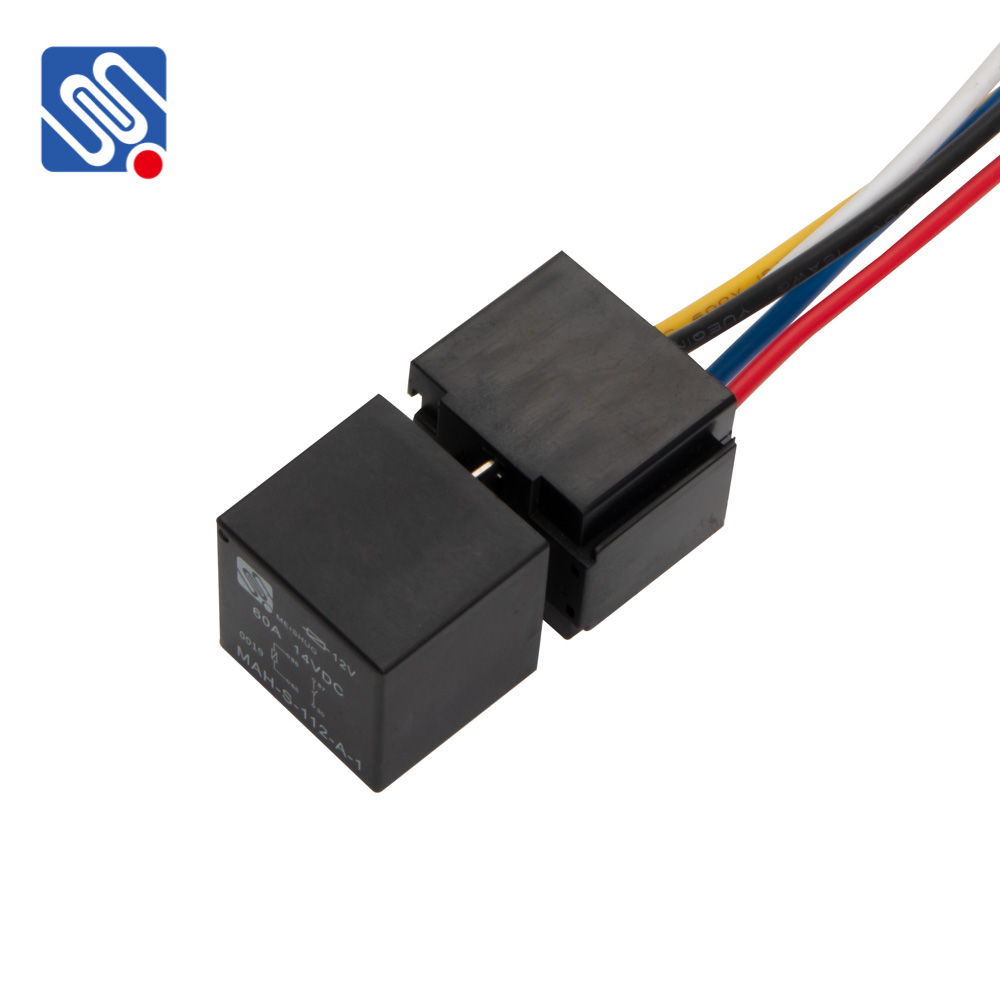understanding the 12v 40a relay: applications and benefits
Release time:2025-05-04 02:34:37
A relay is an essential component in many electronic and electrical systems, acting as an electrically operated switch. The 12V 40A relay is particularly popular for use in automotive and industrial applications, where controlling high-power circuits with low-voltage signals is necessary. This article will delve into the working principle, applications, and benefits of the 12V 40A relay, highlighting why it’s widely used across various industries.

What is a 12V 40A Relay?
A relay, in its simplest form, is an electromechanical device used to control the flow of electricity in a circuit. It consists of a coil, a set of contacts, and an armature that moves when the coil is energized. When a small electrical current is passed through the coil, it generates a magnetic field, causing the armature to move and either open or close the contacts. The 12V 40A relay specifically refers to a relay designed to operate with a 12V input signal while being capable of controlling circuits that draw up to 40 amperes of current.
This type of relay is classified as a "high-current" relay due to its ability to handle high-power circuits, making it an ideal choice for applications that require switching of significant electrical loads. It is designed to work with a nominal voltage of 12V and can be used for both DC and AC circuits, depending on the design specifications.


